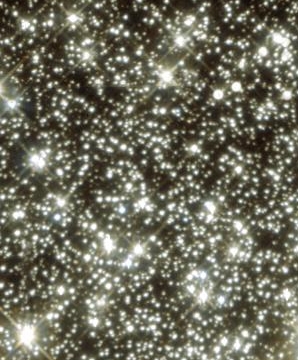A Hubble Space Telescope image of stars in the globular cluster M22.
Click on image for full size
NASA, ESA, and K. Sahu (STScI)
Stars
The pinpoints of light that you see in the night sky are stars. Your ability to see the stars depends on how
bright they are (their "absolute magnitude"), as well as how close they are to Earth. Stars are giant balls of gas in space that shine through the darkness.
The Sun is an average star that Earth orbits.
Check out some Star Statistics or visit the All Star Gallery to learn about specific stars.
You can visit these interesting ExploraTours that explain How to Build a Star and that take A Peek into the Lives of Stars.
You might also be interested in:

Astronomers use a special term to talk about the brightness of stars. The term is "magnitude". The magnitude scale was invented by the ancient Greeks around 150 B.C. The Greeks put the stars they could
...more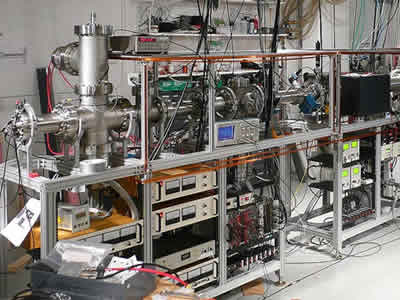
Daniel Wolf Savin, a senior research scientist at Columbia University's Astrophysics Laboratory, has published a paper on the research he and his colleagues have done on how stars began. In their research,
...more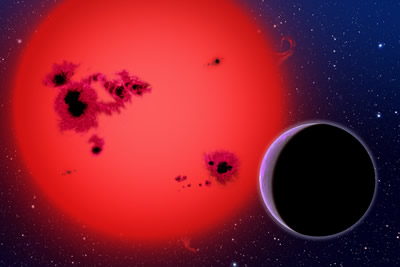
Astronomers have discovered a planet about 40 light-years from Earth that contains water. They describe this planet as a "super-Earth" planet because it is between one and ten times the mass of the Earth.
...more
Everyone is awed by black holes. How could there be a thing that devours all light and matter around it...so that matter can never escape?!? A new discovery has been made about black holes - some of them
...more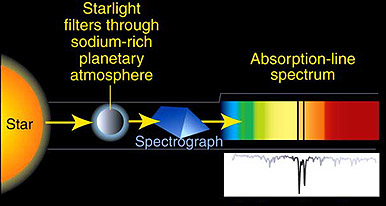
You probably know there are nine planets in our own solar system...but did you know that we know of 76 planets that are outside our own solar system? These planets orbit other stars and are called extrasolar
...more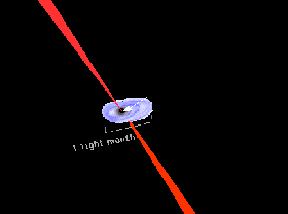
NASA has just revealed its newest missions, Swift and FAME. These two projects are part of MIDEX, NASA's medium class explorer program. The agency had to choose from over 31 proposals, which was very
...more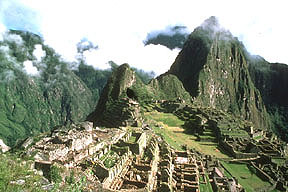
Peru's new president, Alejandro Toledo, was sworn in on July 28, 2001. The next day he visited Machu Picchu and Cuzco. There were ceremonies at both locations where Toledo asked for the blessing of the
...more


